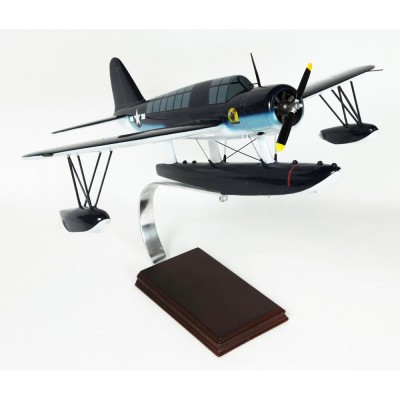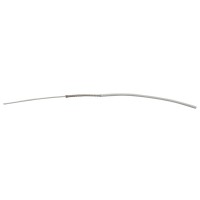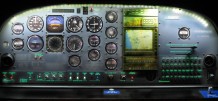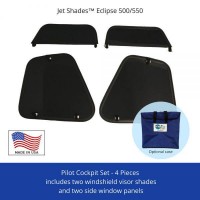THE AVIATION SUPERSTORE FOR ALL YOUR AIRCRAFT & PILOT NEEDS | 877-4-SPRUCE
O2Su-3/5 Kingfisher Model
$279.95/Each
Part# 13-10549
MFR Model# AOS2UTE
MFR Model# AOS2UTE
Overview
|
The OS2U Kingfisher, manufactured by Vought, was the U.S. Navys first catapult-launched monoplane observation floatplane. The OS2U first flew on March 1, 1938. The OS2U was a compact mid-wing monoplane, with a big central float and small stabilizing floats. Performance was modest, because of its light engine. The OS2U could also operate on fixed, wheeled, taildragger landing gear. The OS2U came in both float and land-based configurations, and served as observer aircraft, anti-submarine aircraft, and rescue aircraft. The Kingfishers most important role during the war was as rescuer of downed aviators, and was second only to the PBY Catalina in this job. On November 11, 1942, a Kingfisher known as ""The Bug"", which had survived the attack on Pearl Harbor - rescued Captain Eddie Rickenbacker and the crew of the B-17 he was with after they crashed in the Pacific and survived 28 days in life rafts. After rescuing pilot CAPT. W.T. Cherry and four others on November 11, ""the Bug"" found Rickenbackers raft the next day. Unable to fly all three survivors back at one go, LT. William F. Eadie, the pilot, taxied the airplane 40 miles through the open sea with Rickenbacker and one crewman lashed to the wings, while the most seriously-ill survivor was stuffed in the rear seat on the lap of ARM1 L.H. Boutte, the crewman. ""The Bug"" survived this mission and continued to fly throughout the war. |
WARNING: Cancer and Reproductive Harm - www.P65Warnings.ca.gov. |
Q&A
Please note, Aircraft Spruce's personnel are not certified aircraft mechanics and can only provide general support and ideas, which should not be relied upon or implemented in lieu of consulting an A&P or other qualified technician. Aircraft Spruce assumes no responsibility or liability for any issue or problem which may arise from any repair, modification or other work done from this knowledge base. Any product eligibility information provided here is based on general application guides and we recommend always referring to your specific aircraft parts manual, the parts manufacturer or consulting with a qualified mechanic.








 FREE Shipping
FREE Shipping




